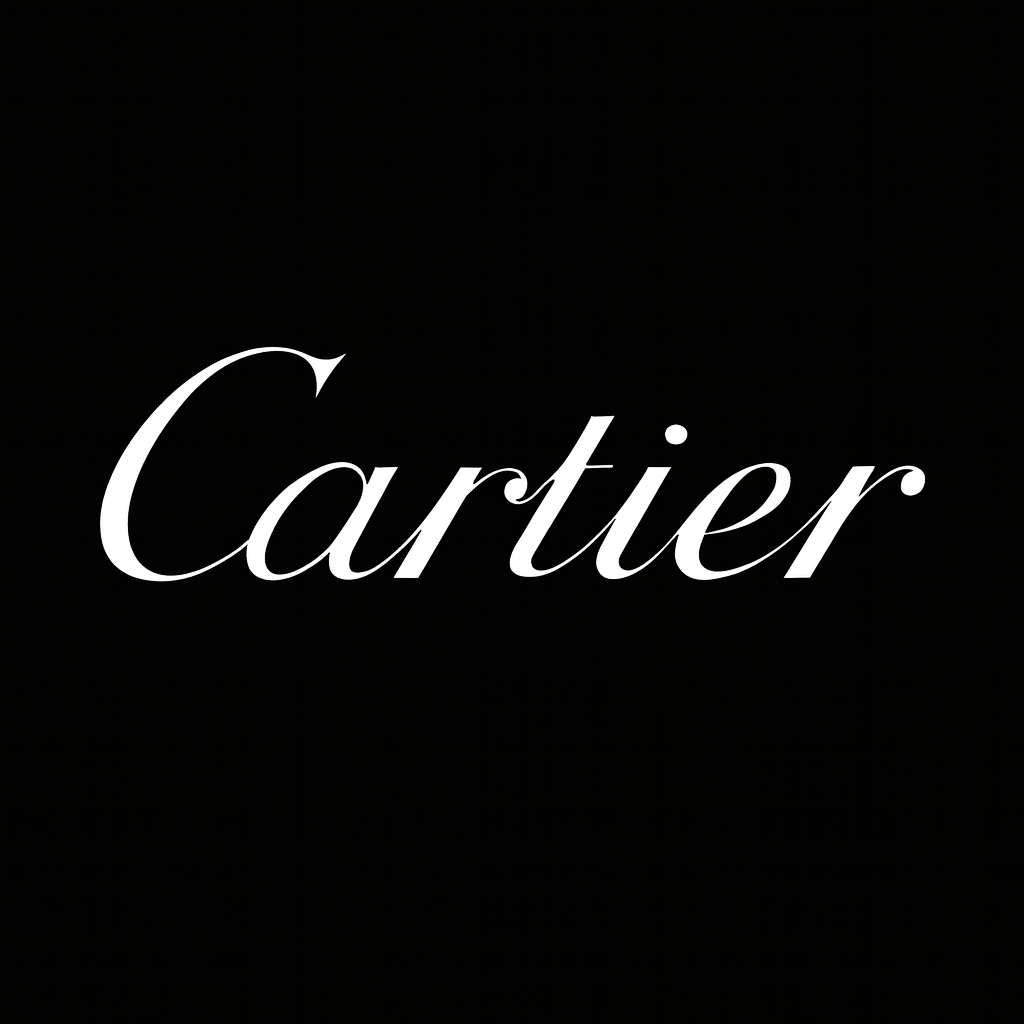
Patek Philippe
To understand Patek Philippe is to grasp the fundamental philosophy that separates true luxury from something that’s just expensive. Many brands operate in the high-end market, selling products defined by superior functional performance: that’s what we call premium (I’ll explain these terms in future posts). But as luxury strategists like Jean-Noël Kapferer argue, true luxury goes beyond utility. It carries cultural meaning, deep heritage, and strong emotional pull—what some describe as a “sacred” dimension. Because of this intangible value, true luxury brands can command very high prices without having to justify every gap with performance metrics. Patek Philippe operates at this strategic apex.
The story of Patek Philippe begins in 1839 in Geneva with the visionary entrepreneur Antoine Norbert de Patek, a Polish watchmaker, and his Czech partner, François Czapek, under the firm Patek, Czapek & Cie. Their initial work involved crafting sophisticated pocket watches for European nobility, establishing a foundation of fine craftsmanship (The Stasis).
The turning point for the company and, arguably, modern watchmaking, came in 1844. At the Paris Industrial Exposition, Antoine Patek met Jean Adrien Philippe, a gifted French watchmaker. In 1842, Philippe had invented the keyless winding mechanism. Patented in 1845, it replaced the separate winding key with a crown and solved major issues of convenience and dust ingress. Their partnership was formalized in 1851 as Patek, Philippe & Cie.
Between 1845 and 1861, Philippe secured multiple additional patents, protecting the firm’s innovations and creating a strategic moat essential for a luxury brand. Early strategic moves built global prestige. At the 1851 Great Exhibition in London, Patek Philippe drew worldwide attention when Queen Victoria acquired a pendant watch with a diamond-set enamel design (an invaluable royal endorsement). That same year, Antoine Patek traveled to the United States and formed a transatlantic partnership with Charles Lewis Tiffany in New York. To this day, Tiffany & Co. is the only American retailer permitted to sell Patek Philippe watches with co-branded dials, reinforcing the brand’s exclusive status in the world’s most important luxury market.
The ultimate expression of Patek Philippe's early 20th-century technical supremacy comes from commissioning unmatched complicated timepieces. This effort was driven by a real, high-stakes rivalry between two leading collectors: American automaker James Ward Packard and American banker Henry Graves Jr. Graves (a wealthy financier and art collector), asked Patek Philippe to build a watch that would outdo Packard’s most complicated pieces. The resulting achievement, the Henry Graves Supercomplication (delivered in 1933, but conceived in 1925), became a monumental symbol of mechanical mastery. This 18-karat gold pocket watch contained 24 complications, took three years to design and another five years to manufacture. It featured 920 individual, handcrafted parts; and for decades, it remained the most complicated mechanical watch in the world. This history gives the watch a sacred narrative, and the market confirmed it: at a 2014 auction, it sold for 23,237,000 Swiss francs (about $24 million), then a world record for any timepiece at auction.
In the midst of the Great Depression, the Stern family (Patek’s longtime dial suppliers), acquired the company. This acquisition was a critical act of preservation. The Stern family, now spanning four generations of guardianship (Charles/Jean, Henri, Philippe, and the current president, Thierry Stern), has fiercely maintained the brand’s private, family-owned status. This independence is the prerequisite for all subsequent luxury strategy executions. Kapferer cautions that when luxury houses are absorbed by large industrial groups, they often lose their freedom and become pressured to apply "classical marketing methods" focused on maximizing short-term profitability. By remaining independent, Patek Philippe retains total control over its production volume (which averages around 60,000 pieces annually) , distribution, quality standards, and long-term valuation; by ensuring the brand's commitment to quality being upheld at the highest level of personal accountability, fostering unassailable brand authenticity.
Right after acquiring the company, the Stern brothers launched the Calatrava, beginning with Reference 96. It was both a strategic response to the economic crisis and a clear statement of design philosophy. The Calatrava’s simple, elegant, timeless look marked a deliberate shift toward enduring style and it is anchored in the brand’s core culture. The Calatrava Cross (Patek Philippe’s logo since 1887) reflects deep European tradition. The Calatrava line draws on this heritage to add cultural and historical depth, boosting prestige well beyond the watch’s technical specs. By prioritizing classic, lasting design immediately after the acquisition, Patek signaled a strategy focused on heirloom pieces that resist passing trends, reinforcing a long-term vision.
Patek Philippe’s tangible luxury lives in the labor-intensive, often unseen perfection of its movements and components (an expression of “luxury for oneself”). Meticulous hand-finishing (Haute Artisanat) ensures every watch reflects rare human skill. Even parts hidden beneath the main plate or bridges receive thorough decorative finishing. This is deliberately hedonistic attention to detail, proving that intrinsic quality matters more than outward function. Techniques include:
- Anglage (Beveling): Considered one of the most complicated finishing methods, this involves carefully cutting and polishing the sharp edges of components to a smooth 45° curve. This creates a breathtaking play of light and highlights the precision of the parts, requiring a delicate balance of pressure to avoid deformation.
- Perlage (Circular Graining): Known for its resemblance to a row of pearls, this involves creating a rhythmic pattern of interlaced circles across the surface of the main plate and bridges. Executed using a round abrasive polisher, the artisan ensures these decorations make the component unique.
- Côtes de Genève (Geneva Stripes): These broad, straight, three-dimensional wave patterns are applied to parts like plates and rotors using a machine-held wooden tool and abrasive paste. This technique signifies fine Genevan watchmaking tradition.
- Poli Noir (Mirror Polishing): The highest level of hand polishing, achieved on steel using a diamond-paste-coated zinc plate, resulting in a flawless black or gray shine.
Patek Philippe protects its brand prestige and ensures wide unavailability by making it extremely difficult for clients to buy. The result is that Patek Philippe consistently outperforms nearly all other luxury watchmakers in terms of value retention, maintaining stability even during economic downturns, such as the 2007–2008 financial crisis. This strategic scarcity is further emphasized by the record prices commanded by limited models, such as the Grandmaster Chime, which sold for $31.9 million at auction.
Patek Philippe is universally regarded as the ultimate expression of the "art of watchmaking". The brand is synonymous with classic, understated elegance, precision, and exclusivity.
Another important pillar of Patek Philippe is its extraordinary ability to translate physical luxury into abstract, transcendent value through narrative.
In the mid-1990s, Patek Philippe embarked on targeted consumer research which revealed a crucial "human truth". High-net-worth clients, when presented with advertisements featuring celebrities or famous owners (such as Charlie Chaplin or James Dean) , often reacted negatively, asking, "Why do I have to look at other people's stories?". They sought personal, emotional value and a reflection of their own identity or legacy. This powerful insight led to the creation of the Generations campaign, launched in 1996. The campaign's initial tagline was "Begin your own tradition". This soon evolved into the iconic and definitive statement:
“You never actually own a Patek Philippe. You merely look after it for the next generation.”.
The slogan is a strategic and philosophical win. Beyond advertising! it states the brand’s philosophy, turning a watch purchase into an act of emotional stewardship, not just acquiring a product.
They also speak to people they’re not targeting. Few can afford a Patek Philippe, but the universal emotion of passing on a legacy resonates with everyone. That broad familiarity and aspiration reinforce the brand’s role as a social stratifier for those who can buy it, keeping its magnetic pull at the very top of the market. The emotional narrative of the Generations campaign is backed by economic reality. The promise that the watch will endure for the next generation is supported by tangible longevity: Patek Philippe keeps a complete archive of every watch it has ever made, guarantees authenticity, and offers restoration for all models, regardless of age. This level of service ensures the watch lasts long enough to become the heritage of the advertising promises. On the financial side, the brand’s consistently strong value retention and record-setting auction prices show that the emotional asset is also an investment. In effect, the Generations campaign unites technical perfection and emotional heritage into one enduring, eternal valuable asset.
By
February 6, 2025
.png)
.png)


